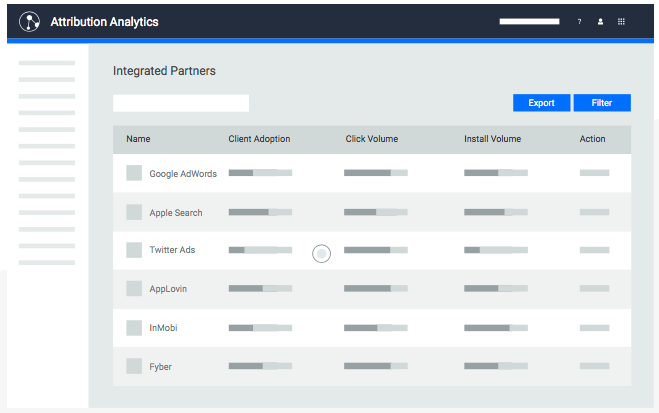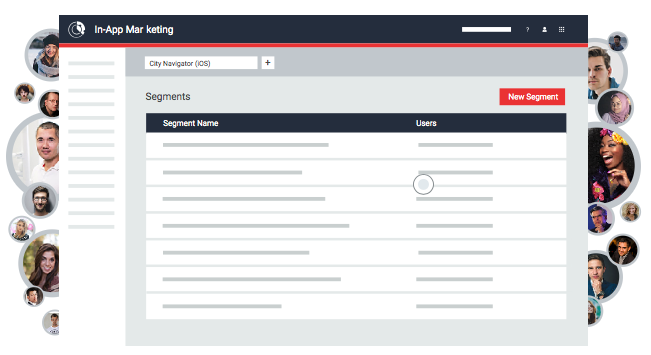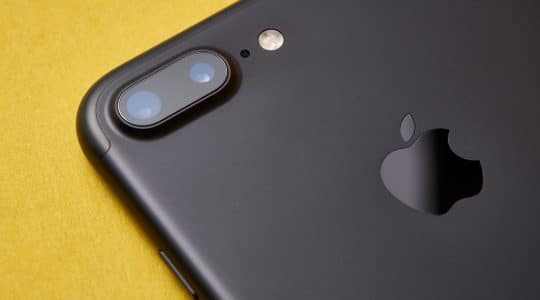 How do you decide how much to spend on mobile web marketing and how much to spend on mobile app install marketing?
How do you decide how much to spend on mobile web marketing and how much to spend on mobile app install marketing?
You have a limited marketing budget and you want the most return out of it. You want immediate ROI, sure, but you also want to set yourself up for the long term by enhancing and growing owned assets.
And … you want to know: should you focus on app installs, or one-off product sales?
A large business-to-consumer TUNE client recently asked me this question, wondering if there are industry standards or benchmarks around this. Sadly, they don’t really exist … but there are guidelines that can help enterprises and brands navigate challenging mobile marketing waters.
 Here’s how I answered …
Here’s how I answered …
For background, this was a well-known brand that does business in-store, online, via their mobile app, and via Google Assistant/Google Home. Different businesses with different go-to-market strategies will, undoubtedly, come up with different answers. And, while the question was “mobile web ads” versus app install ads, the reality is that the difference here is between mobile ads in general, and those which are focused specifically on app installs.
Mobile web and apps are not enemies
First of all, I would not oppose mobile web and mobile app marketing efforts. They are two parts of one combined effort: finding new customers and extending relationships with existing customers.
But for most marketers, they definitely have different roles.
For starters, I might go 50/50 on the budget and then run tests, adjusting depending on results.
Fitting the funnel: web and apps
Because mobile web is often top of funnel, I would consider focusing non-app-install mobile marketing on immediate wins.
That means marketing specific products, specific sales … anything that acts as a relationship starter. My marketing messages might be something in this flavor: best, unique, fastest, with messages like “best widget cheaper” or “widget only available here.”
 Because mobile app engagement, on the other hand, is generally middle to bottom of funnel, I would focus my mobile app install marketing on customer experience, ease, immediacy of access, and complete service.
Because mobile app engagement, on the other hand, is generally middle to bottom of funnel, I would focus my mobile app install marketing on customer experience, ease, immediacy of access, and complete service.
My messages would be around what power, ability, and capability customers could unlock with our app … things like “total access to the best deals all the time” or “know first” or “first access … first in line for exclusive deals.”
The key here is understanding how to initiate a relationship versus knowing how to deepen a relationship.
Targeting and retargeting
I would spread my non-app-install ads ads to everyone in my target demographics, and narrow that down as learnings accumulate in my analytics.
I would then retarget my app install campaigns to customer segments of my visitors/users/buyers, and probably some segments that I think my competitors are going for. Like mobile web ads, I’d narrow down my targeting finer as learnings accumulate.
The key understanding here is that installing an app is a significant effort.
It takes time, there are multiple steps, and there are potential leaks in the chain of customer action at easily five or six places, including completing the request for the install, waiting for the download, opening the app, moving the icon to a specific, useful place rather than just leaving it where iOS or Android placed it, and using the app regularly.
Because of this, I would start with mobile web, where the ask is much lower effort: tap a link, see a web page. Simple, quick, easy. Once you have a customer, I would love to upsell that customer on becoming loyal, engaged, and tightly connected with me.
And, apps fit that bill to a T.
Measure everything
I would measure everything on both my app install ads and my standard mobile ads, and adjust my spend based on financial results. The key thing here, of course, is to track the customer journey of your most valuable customer segments, and then try to replicate that path with new customers.
If going straight to apps provides greater profitability: fine. If sticking with standard mobile advertising works best for my brand and my customers: fine.
What works is good.
Synergies: marketing is better together
It’s really, really critical, however, to understand that all marketing happens in context, and synergies are available everywhere.
Mobile ads generate brand awareness, which impacts your ability to get the install when you run app install ads. App install ads themselves impact brand awareness, of course, as well as driving install behavior. Plus, organic and paid marketing channels are synergistic. That means that your ASO, or app store analytics, should be aligned with other marketing messages in brand and performance advertising.
Perhaps most importantly, while acquisition is the beginning, a long-term customer relationship is the result of engagement.
That engagement and that relationship is what drives loyalty and share of wallet, and can make the difference between $3 spent on an acquired app user (worth $0) and $3 spent on a new customer (worth $100s). This engagement consists of good onboarding, judicious push and in-app messaging, and smart cohorting/segmenting resulting in personalization or at least customization of your customer experience.
And that’s what can make a big difference.
. . .
. . .
I’d love to hear your thoughts on balancing app install and standard mobile marketing campaigns, and how you’ve managed them in the past. Feel free to add some tips in the comments.
Author
Before acting as a mobile economist for TUNE, John built the VB Insight research team at VentureBeat and managed teams creating software for partners like Intel and Disney. In addition, he led technical teams, built social sites and mobile apps, and consulted on mobile, social, and IoT. In 2014, he was named to Folio's top 100 of the media industry's "most innovative entrepreneurs and market shaker-uppers." John lives in British Columbia, Canada with his family, where he coaches baseball and hockey, though not at the same time.






Leave a Reply
You must be logged in to post a comment.